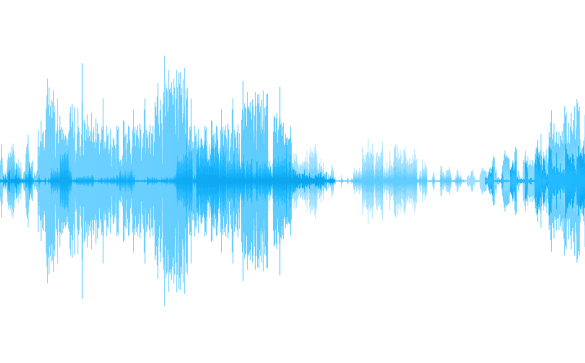
Credit: Journal of Nutrition Education and Behavior
Philadelphia, October 5, 2018 – Energy drinks represent a new category of nonalcoholic beverage with global sales of over USD 50 billion. Containing caffeine as a main ingredient, energy drinks are a central part of partying and sporting culture. A new study published in the Journal of Nutrition Education and Behavior found that digital marketing of energy drinks was more persuasive with young adults than other marketing methods.
"Consumption of energy drinks is a public health concern in children and young adults because they may cause dental problems, cardiovascular and neurological issues, and in rare cases, death," said lead author Limin Buchanan, PhD candidate, School of Health and Society, Early Start, Faculty of Social Sciences, University of Wollongong, Wollongong, Australia. "Because Internet usage among this age group is so prevalent, digital marketing of unhealthy food and beverages may have a greater effect."
To study this possibility, researchers recruited 359 young adults from the New South Wales region through flyers, online ads, and mentions in lectures. The group was primarily middle-class students who worked part-time. Over half of the student subjects had consumed energy drinks. They were asked to take a 44-question survey asking about exposure to and engagement with energy drink marketing, attitudes toward energy drink use, and frequency of consuming energy drinks. The results identified differences between users and non-users, although few respondents reported high levels of energy drink consumption.
Energy drink users reported both greater exposure to and engagement with digital marketing than non-users. While exposure alone was not a significant predictor of energy drink usage, engagement with digital marketing did increase usage. Examples of engagement include clicking on a social media ad or playing an online game. This engagement also increased their attitude towards the normalcy of energy drinks and their perceived likelihood to use energy drinks when pressured by peers. However, the study also showed that impact of digital marketing engagement was mediated by young adults' attitudes against energy drink usage and its normalcy, indicating that enhancing nutrition education knowledge among these individuals may reduce the effects of such marketing.
"Public health professionals have advocated for stronger regulations on marketing unhealthy foods to children through traditional media," said Ms. Buchanan. "This advocacy could be expanded to include restrictions on digital marketing to young adults based on current research. Future nutrition education interventions may focus on strategies to lessen the appeal of energy drinks, denormalize energy drink use, and strengthen young adults' ability to reject this drink option when with peers."
###
Media Contact
Eileen Leahy
[email protected]
732-238-3628
@elseviernews
http://www.elsevier.com
Related Journal Article
http://dx.doi.org/10.1016/j.jneb.2018.05.022




